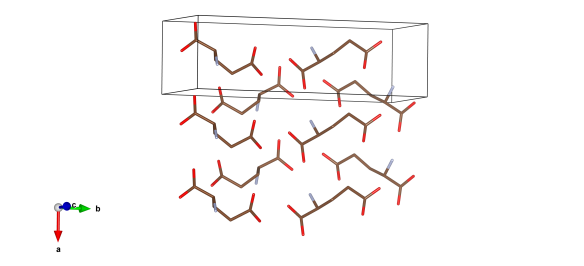What was Philae looking for on 67P? L-Glutamic acid
What does it look like?

What is it?
Philae, the plucky little robot that landed on comet 67P last week, caught all of our minds and hearts. Not only did it land (or bounce) on a comet, a massive first, but in the frantic hours that its battery held out it drilled into the comet and performed many measurements. I'm sure. like us, you were all glued to see if all the data would upload to the 'mother ship' Rosetta, before Philae slipped into hibernation.
But what was it looking for? Well, amongst the minerals that were expected, Philae was also looking for amino acids, principally left-handed ones, a basic building block of life as we know it. Finding these relatively simple molecules on a comet would perhaps fit the hypothesis that these left-handed amino acids (which are quite unusual) actually originated from outer space and came to Earth from comet impacts. We could all be aliens!
Where did the structure come from?
Today we've featured the amino acid L-Glutamic acid, which is refcode LGLUAC in the Cambridge Structural Database. This structure was found by Hirokawa in 1955, and is one of the many polymorphs that this amino acid will crystallise into.






